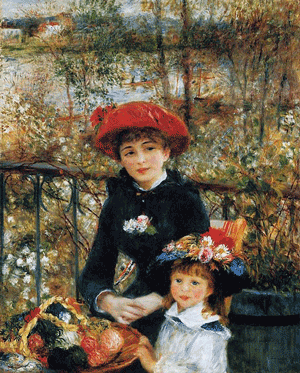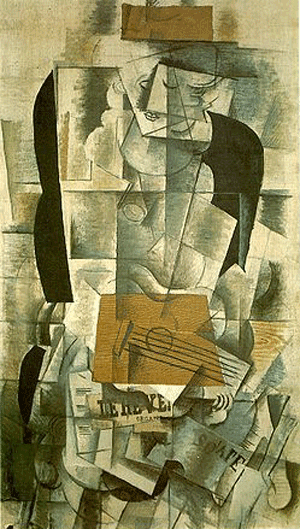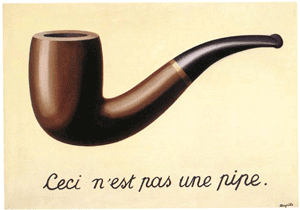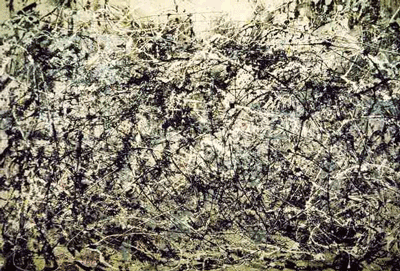
There are three basic types of Visual Art. Subcategories exist in each of these types. Often, these types are misrepresented or more often, misunderstood. Whether the work is three dimensional sculpture or two dimensional, it will still fall under one of these three main types. These types are representational, abstract, or non-objective. The intent of the artist often times informs us on the type of art at which we are viewing. Beyond this, the application of the medium can also have an effect on the type of artwork.
Representational artwork aims to represent actual objects or subjects from reality. Subcategories under representational art include Realism, Impressionism, Idealism, and Stylization. All of these forms of representationalism represent actual subjects from reality. Although some of these forms are taking steps toward abstraction, they still fall under the category of representation. Representational art is perhaps the oldest of the three types of art. It can be traced back to the Paleolithic figurine, The Venus of Willendorf. It is also the easiest to digest from a viewer's perspective.

Pierre-Auguste Renoir. Two Sisters (on the Terrace), 1881
We can easily identify with recognizable subjects in a painting, drawing, or sculpture. This makes representational art widely accepted among the masses. Representational art also represents the largest collection of artwork created. Considering that the other two types, abstract and non-objective, are relatively new types of art, this makes perfect sense. Representational art has gone through many phases and movements, yet the principle of presenting the viewer with recognizable subject matter has stayed the same. It is worth noting that some representational art flirts with abstraction. It could be said that some representational artwork happens to be more realistic while other forms focus on the artist's perception of the subject.

Georges Braque. Woman with Guitar, 1913
The often misunderstood type of art known as abstraction aims to take subjects from reality but present them in way that is different from the way they are viewed in our reality. This may take the form of emphasizing lines, shapes, or colors that transform the subject. Abstract art includes the subcategories of Minimalism, Cubism, and Precisionism. Abstraction can also happen when the artist decides to view the subjects in a non- traditional manner. Abstraction is relatively new to the art world, having it's earliest roots in the deviations from reality taken by the Impressionists. It began to gain popularity in various forms around the world at the end of the 19th century. Artists began to take a more intellectual approach to painting.

Renee Magritte. The Treachery of Images, 1928-1929
This new way of approaching art is evidenced in the Magritte painting entitled, "The Treachery of Images", 1928-1929. Written in French under a representational painting of a pipe, is the phrase, "This is not a pipe." The point is that the painting is indeed not a pipe, but rather a painting of a pipe. Artists of this time where now approaching paintings as paintings, allowing for a new form of intellectual expression. Many people have difficultly in understanding the differences between abstract art and non-objective art. The clear difference lies in the subject matter chosen. If the artist begins with a subject from reality, the artwork is considered to be abstract. If the artist is creating with no reference to reality, then the work is considered to be non-objective.
The third type of art is often mistaken for Abstract art although it is entirely different from it. Non-Objective art takes nothing from reality. It is created purely for aesthetic reasons. The intent of Non-objective art is to use the elements and principles of art in a way that results in a visually stimulating work. It is purely that simple.

Jackson Pollock. Number One 1948